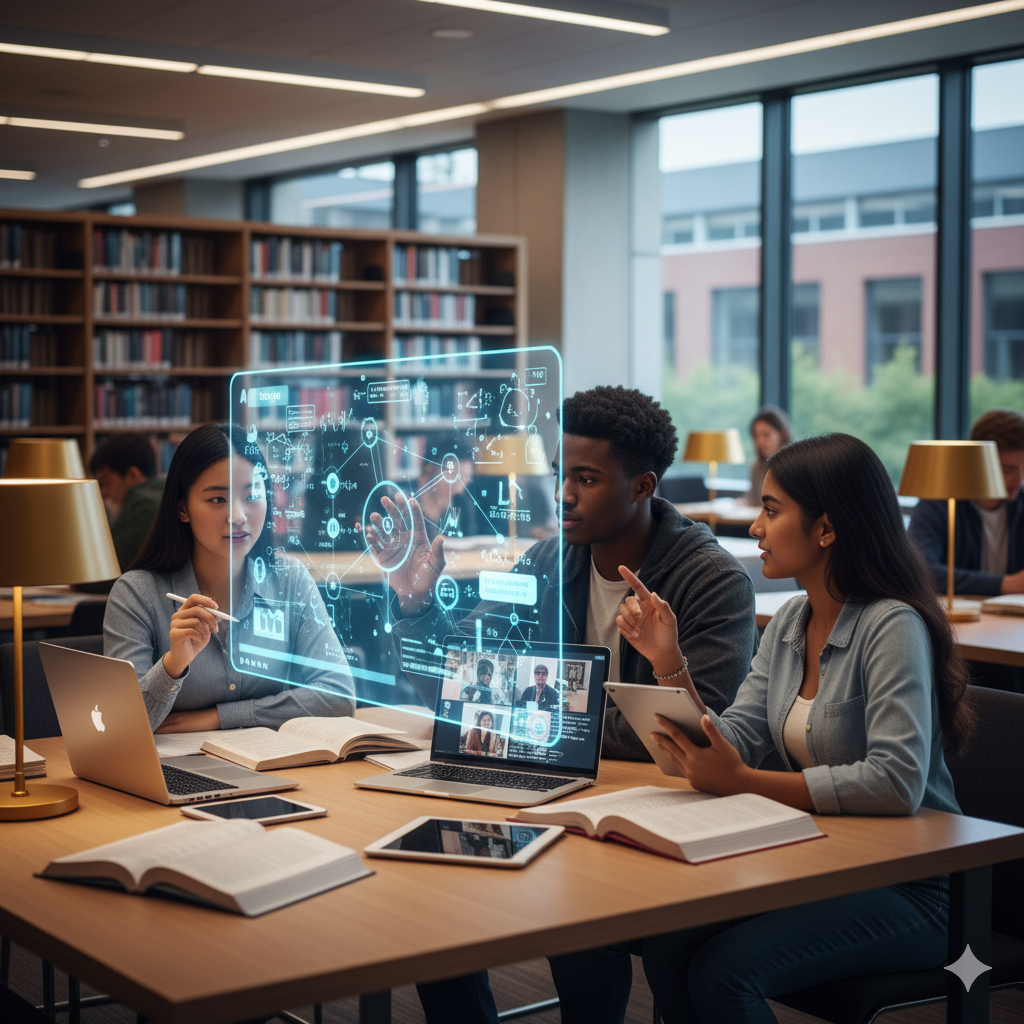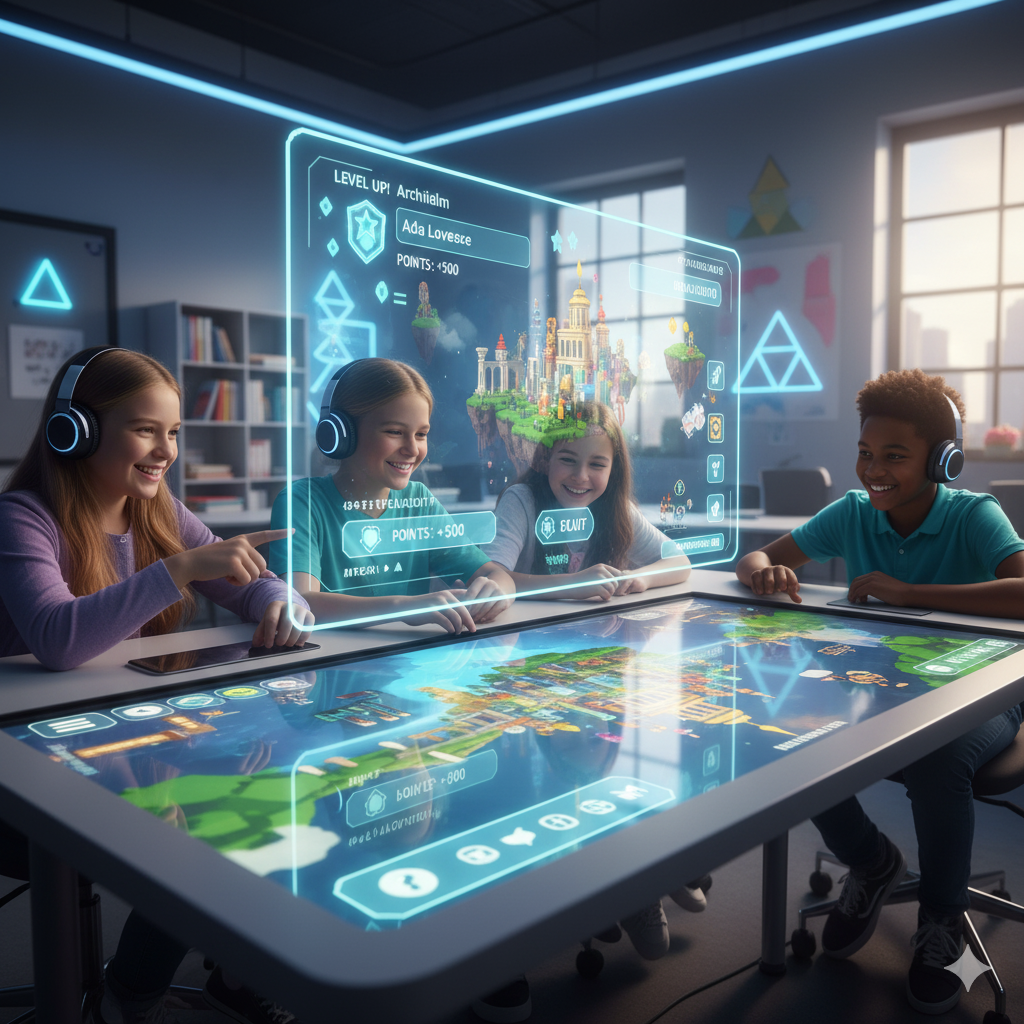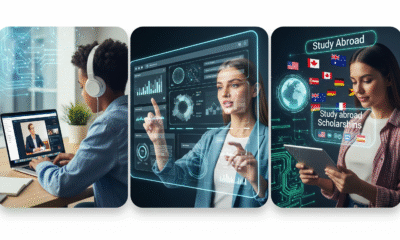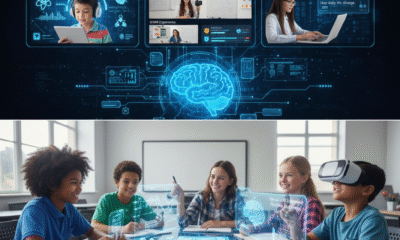Introduction
In today’s world, education no longer depends solely on textbooks and classroom lectures. Students increasingly rely on digital educational content such as videos, study guides, homework help platforms, online courses, educational games, and tutorial videos. These resources make learning more interactive, flexible, and accessible.
From a middle schooler watching a YouTube tutorial to a university student taking a specialized online course, educational content empowers learners to study at their own pace and style. In the digital era, content has become as important as curriculum — shaping how students acquire knowledge, retain information, and apply skills.

The Power of Educational Videos
Educational videos are among the most consumed content formats online. Platforms like YouTube, Khan Academy, and TED-Ed have democratized access to high-quality learning.
- Visual Learning Advantage: Videos help students grasp difficult concepts through animations, diagrams, and real-world examples.
- Self-Paced Learning: Learners can pause, rewind, or rewatch sections to reinforce understanding.
- Micro-Learning Trend: Short, bite-sized videos on platforms like TikTok and Instagram Reels are becoming popular for quick explanations of concepts.
👉 A 2024 study found that 68% of students prefer learning through video content over traditional reading, showing the importance of video in modern education.
Study Guides and Homework Help
Students often struggle with time management, exam preparation, or understanding complex topics. Study guides and homework help resources fill this gap.
- Study Guides: Websites like SparkNotes and CliffsNotes provide concise breakdowns of novels, history topics, and science concepts.
- Homework Help Platforms: Apps like Chegg, Brainly, and Course Hero offer step-by-step solutions, tutoring support, and community-driven Q&A.
- AI Tools for Homework: Modern AI-powered assistants like ChatGPT for education provide instant explanations and tailored study support.
👉 According to EdTech Magazine, over 70% of high school and college students use digital tools for homework support at least once a week.
Online Courses – Beyond the Classroom
Online courses provide students with the flexibility to explore subjects not always offered in schools.
- Skill-Based Learning: Platforms like Udemy and Coursera allow learners to study coding, business, languages, or design.
- Credentialing: Students can earn certificates and diplomas from online programs that boost employability.
- Niche Subjects: From space exploration to digital art, online courses provide access to topics often ignored in standard curricula.
Example: A student passionate about AI tutoring can take courses on machine learning or data analytics online, long before such subjects appear in school syllabi.
Educational Games – Learning Through Play
The rise of educational games has made studying less of a chore and more of an adventure.
- For Young Learners: Games like ABC mouse and Prodigy Math turn basic skills into interactive challenges.
- For Older Students: Simulation games such as Minecraft: Education Edition allow students to build, experiment, and learn concepts like architecture and coding.
- Gamification in Learning: Platforms now integrate points, badges, and leaderboards to keep students motivated.
👉 Research shows that students using gamified educational tools are 40% more engaged compared to traditional learning methods.

Tutorial Videos – On-Demand Skill Building
Tutorials are not just for academics — they empower students to learn practical, creative, and technical skills.
- YouTube Channels: From CrashCourse to Khan Academy, millions of students use free tutorials daily.
- DIY Learning: Tutorials cover everything from solving math problems to learning musical instruments or graphic design.
- Peer-to-Peer Sharing: Platforms like TikTok and Instagram host millions of short tutorials where creators explain quick hacks and study tips.
Case Studies
Case Study 1: YouTube as a Learning Hub
- In India, students preparing for competitive exams rely heavily on YouTube channels that provide free study guides and lectures.
- Millions of subscribers follow educators who post daily tutorials.
Case Study 2: Gamification in Math Learning
- A U.S. elementary school integrated Prodigy Math into its curriculum. Student test scores improved by 30% due to higher engagement.
Case Study 3: Homework Help Apps
- Chegg reported that its study subscription services reached over 7 million students globally in 2024, highlighting the demand for online homework support.
Benefits of Digital Educational Content
- Accessibility: Learners worldwide can access high-quality resources.
- Flexibility: Students can learn anytime, anywhere, at their own pace.
- Diverse Learning Styles: Videos, games, and tutorials support different learners.
- Affordability: Many resources are free or cost significantly less than traditional textbooks.
- Global Reach: Students can learn from teachers and peers across cultures.
Challenges and Concerns
- Quality Control – Not all online content is reliable or accurate.
- Over-Reliance – Students may depend too heavily on homework help instead of developing problem-solving skills.
- Distraction – With so much digital content, staying focused on learning can be difficult.
- Equity – Some students lack access to devices or stable internet.
The Future of Educational Content
- AI-Powered Learning Tools: Personalized content recommendations and AI tutoring will make learning more effective.
- Immersive Content: Virtual field trips and augmented reality study guides will bring subjects to life.
- Interactive Homework Bots: AI systems will guide students step-by-step while ensuring understanding, not just giving answers.
- Global Collaboration: Students worldwide will co-create educational content on shared platforms.

Conclusion
The rise of educational videos, study guides, homework help, online courses, games, and tutorials has transformed how students learn in the digital era. Content is no longer passive—it’s interactive, personalized, and available on demand.
While challenges like content quality and screen distractions persist, the benefits far outweigh them. As AI-powered study tools, gamification, and immersive digital content evolve, students will gain even more opportunities to excel.
The future of education lies in smart, accessible, and engaging digital content that empowers every learner to succeed in a global, fast-changing world.



















